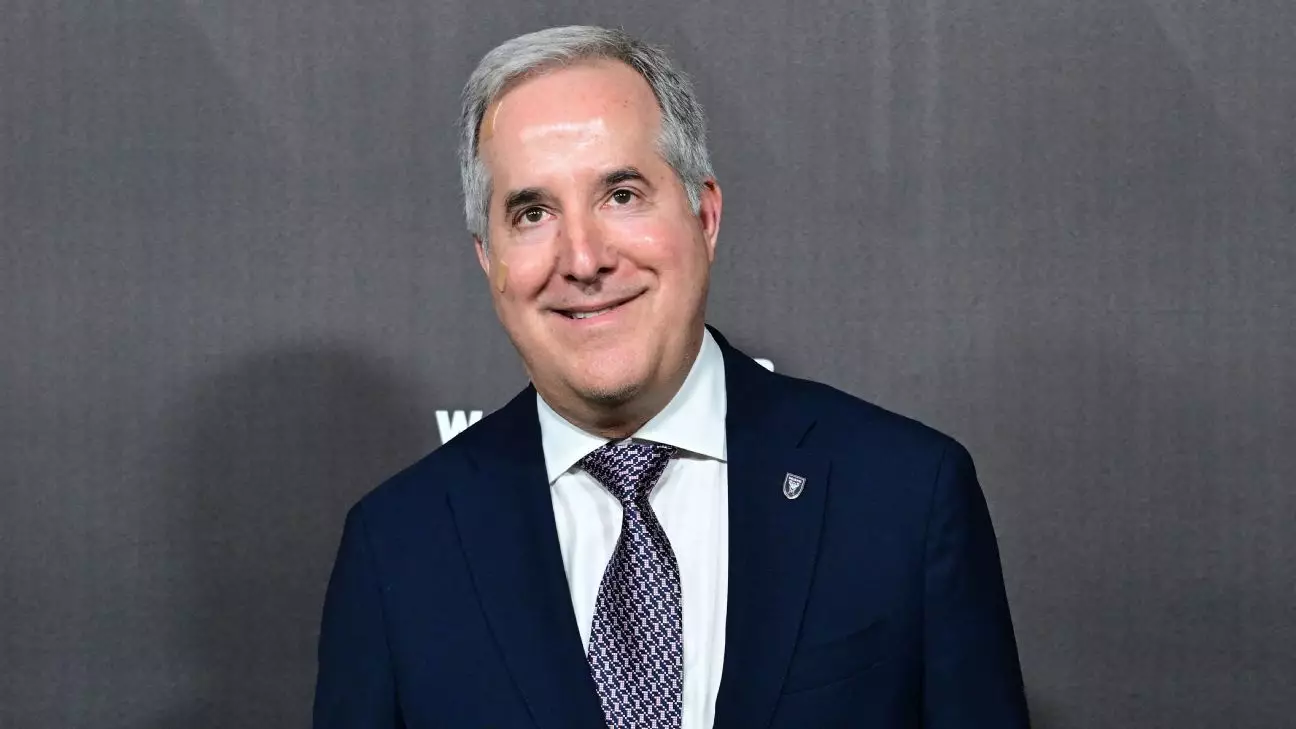In a bold outlook for Major League Soccer (MLS), co-owner Jorge Mas has positioned the league at a pivotal crossroads, advocating for a realignment with the international soccer calendar. This move represents not only a strategic pivot but also a comprehensive reevaluation of how MLS can enhance its competitive stature on a global stage. Currently running from February to November, the MLS calendar starkly contrasts with the traditional European leagues, which can create significant operational disparities when it comes to player transfers and international engagement.
As soccer aficionados know, the disparity in transfer windows can adversely impact a league’s competitiveness; when MLS clubs are confined within their own calendar, they miss out on vital opportunities to strengthen their rosters during the European summer transfer window. Mas’s assertions emphasize a collective inclination to amend these operational hurdles. The anticipation surrounding discussions set for the forthcoming summer indicates a willingness among league executives to seriously consider this transformative agenda, expected to unfold by 2027.
The Allure of Roster Flexibility
Mas’s vision doesn’t stop at calendar synchronization; he highlights the urgent need to rethink roster regulations to foster a more competitive landscape. The disparity in team strength often hinges not only on the starting eleven but the quality and depth of players available on the bench. In high-stakes matches, a superior bench can mean the difference between victory and defeat. The proposition for expanded rosters—potentially increasing from the current depth of 10 or 11 players to a more formidable 14 or 15—could empower MLS clubs to compete effectively against international opponents.
Such changes could have far-reaching implications, particularly as teams like Inter Miami seek to navigate tournaments such as the 2025 Club World Cup, where they will clash with global powerhouses like FC Porto and Palmeiras. As seen in previous competitions, the ability to substitute effectively can become a defining factor in a team’s success. In conceiving an infrastructure where teams can have a more substantial roster, the league would not only enhance its competitive spirit but also prepare clubs for the rigors of international play.
The Revenue Engine: Fueling Growth and Investment
Mas also touches on an often-overlooked aspect of these systemic changes—financial viability. The ability for MLS teams to invest and compete at elevated levels is intrinsically linked to their revenue streams. With Inter Miami, Mas showcases a model where increased visibility and media attention can translate into higher revenues, ultimately influencing how much teams are able to invest in talent. The cycle of success here posits a fascinating question: as revenue grows, will the league’s ambition to thrive on the global soccer stage grow with it?
While Mas advocates for increasing available capital for player acquisition, he recognizes that this must harmonize with the economic realities of the league. Transparency in revenue sharing, smart investment strategies, and innovative ways to engage fans will all be integral to ensuring sustainable growth that enables MLS to compete with seasoned leagues globally.
Evaluating the Challenges Ahead
Despite this optimistic vision for the future, the journey toward transformation will not be without challenges. Recent remarks from former Inter Miami manager Gerardo “Tata” Martino underline the steep uphill battle against formidable opponents, especially Liga MX teams, which boast greater flexibility in their roster-building capabilities. The limitations imposed on MLS clubs can hinder their performance on the international stage, making the case for swift action even more pressing.
The mounting pressure for change can also be viewed through the lens of urgency—considering that the next Concacaf Champions Cup presents not just challenges but substantial opportunities for growth. With clubs like CF Monterrey already leveraging their roster strength with greater efficacy, MLS teams must adapt quickly to stay relevant and competitive.
As Inter Miami gears up to face champions from different leagues, the stakes couldn’t be higher. Each match could serve as a litmus test for the future direction of the league itself. The forthcoming summer strategy meetings will be vital in determining not just Inter Miami’s chances but perhaps the fate of MLS’s competitiveness in the global arena.
As Mas champions a robust agenda, here’s to hoping that the recommendations for a synchronized calendar and deeper rosters crystallize, paving the way for a New Era in Major League Soccer.

Leave a Reply